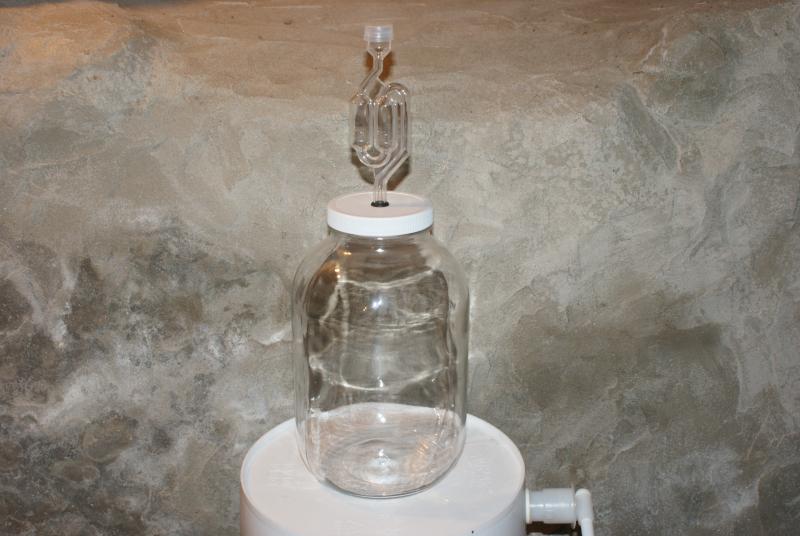rockytop714
Well-Known Member
I'm relatively new to the art of homebrewing, having only a few kit/extract brews under my belt. I am considering making the switch to all grain brewing, HOWEVER I'm also considering cutting my batch sizes back from the usual 5 gallon to 1 or 2 gallon brews so that I can experiment a little more with different recipes without the concern of having two cases of a brew lying around that I may or may not like.
My question, at this point, is about doing all grain brews in a one or two gallon size and what methods/equipment is most appropriate. I had planned on building my own 5 gallon mash tun/hot liquor tank set with a false bottom in the mash tun (which I will probably do, either way, at some point in the future) but I'd like some feedback on whether or not a 5 gallon mash tun would be work well for doing a one gallon batch or if it would be entirely too big.
The second part of this question, then, would be that, if the 5 gallon mash tun is too big for one gallon batches, would you recommend maybe building a smaller mash tun, say something in the 2 gallon cooler range, or just opting for the brew in a bag method?
sorry for the long winded post, but any help and advice you all can give me is graciously welcomed.
Thanks a lot!
My question, at this point, is about doing all grain brews in a one or two gallon size and what methods/equipment is most appropriate. I had planned on building my own 5 gallon mash tun/hot liquor tank set with a false bottom in the mash tun (which I will probably do, either way, at some point in the future) but I'd like some feedback on whether or not a 5 gallon mash tun would be work well for doing a one gallon batch or if it would be entirely too big.
The second part of this question, then, would be that, if the 5 gallon mash tun is too big for one gallon batches, would you recommend maybe building a smaller mash tun, say something in the 2 gallon cooler range, or just opting for the brew in a bag method?
sorry for the long winded post, but any help and advice you all can give me is graciously welcomed.
Thanks a lot!
















